Table of Contents
Introduction to the Anaheim Pepper
The Anaheim pepper is a popular chili that brings a mild to medium heat level, making it a favorite among both spice enthusiasts and casual cooks. Named after the city in California where it was first cultivated, this pepper has a long, slender shape and a slightly sweet flavor that balances its heat. Whether you're using it in salsas, stews, or roasted dishes, the Anaheim pepper adds depth and complexity without overwhelming your palate.
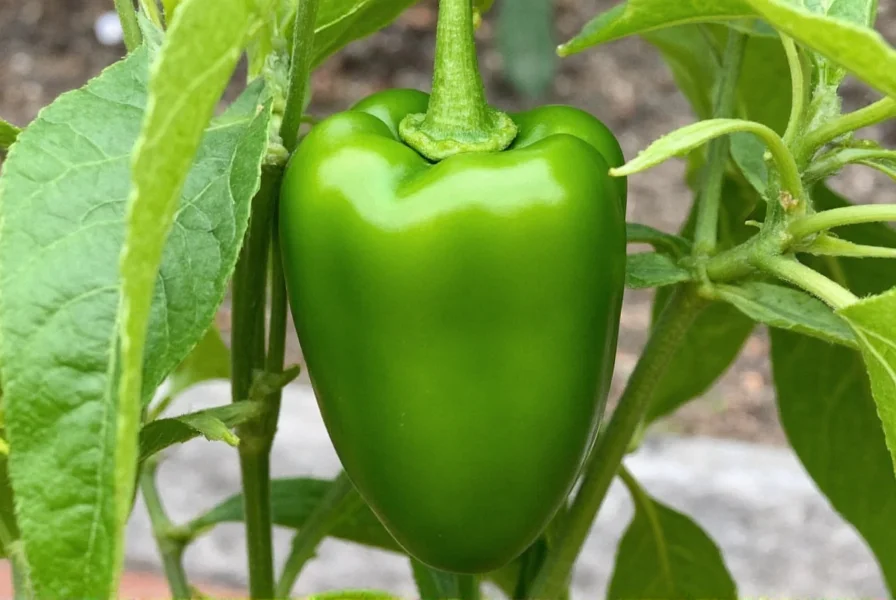
One of the most notable features of the Anaheim pepper is its Scoville Heat Unit (SHU) rating. This scale measures how hot a pepper is, and the Anaheim typically falls between 500 to 2,500 SHU. That puts it on the milder side compared to other peppers like jalapeños (2,500–8,000 SHU) or habaneros (100,000–350,000 SHU). But don't let that fool you—its flavor profile is rich and versatile, making it a go-to ingredient in many cuisines.
Understanding the Scoville Scale
If you've ever wondered why some peppers are so spicy, the Scoville scale is the answer. Developed by Wilbur Scoville in 1912, this scale measures the concentration of capsaicin, the compound responsible for the heat in chili peppers. The higher the SHU, the hotter the pepper. While the scale originally relied on human taste testers, modern methods use high-performance liquid chromatography (HPLC) to measure capsaicin content more accurately.
For example, the Anaheim pepper’s range of 500 to 2,500 SHU means it's not just a mild pepper—it's also one of the most commonly used in everyday cooking. Its heat is subtle, but it can still make a noticeable impact, especially when used in large quantities or combined with other spicy ingredients.
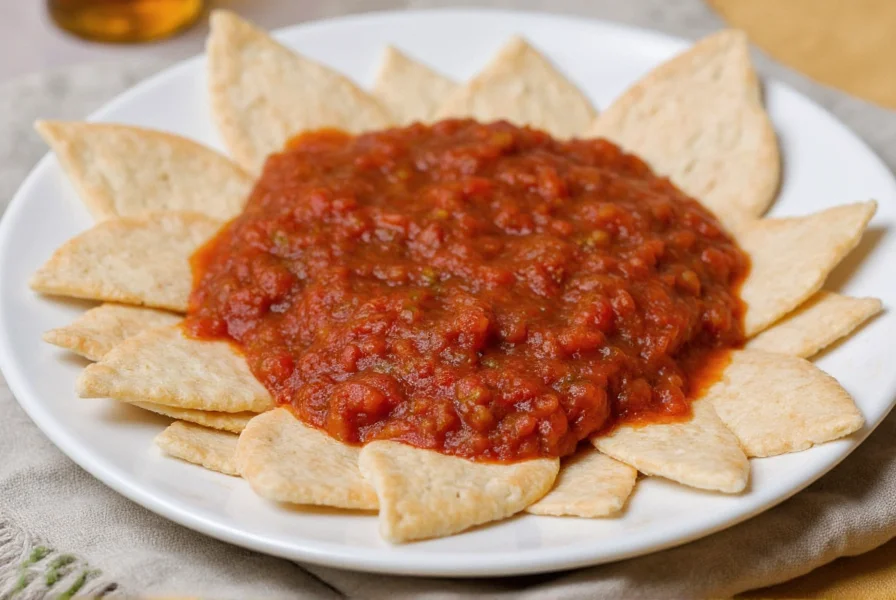
Here’s a quick comparison of common peppers and their Scoville ratings:
| Pepper | Scoville Range |
|---|---|
| Anaheim | 500 - 2,500 SHU |
| Jalapeño | 2,500 - 8,000 SHU |
| Serrano | 5,000 - 15,000 SHU |
| Habanero | 100,000 - 350,000 SHU |
Practical Tips for Working with Anaheim Peppers
Whether you're a seasoned chef or a home cook, here are some tips to help you get the most out of your Anaheim peppers:
- Choose fresh peppers: Look for firm, bright green peppers with no soft spots or wrinkles. They should feel heavy for their size.
- Remove the seeds: If you want to reduce the heat, remove the seeds and membranes before chopping. These parts contain the highest concentration of capsaicin.
- Use gloves: Capsaicin can cause irritation if it comes into contact with your skin or eyes. Always wear gloves when handling raw peppers.
- Cook it down: Roasting or sautéing Anaheim peppers can mellow their heat and bring out their natural sweetness.
- Pair with acidic ingredients: Tomatoes, citrus, or vinegar can balance the pepper’s heat and enhance its flavor.
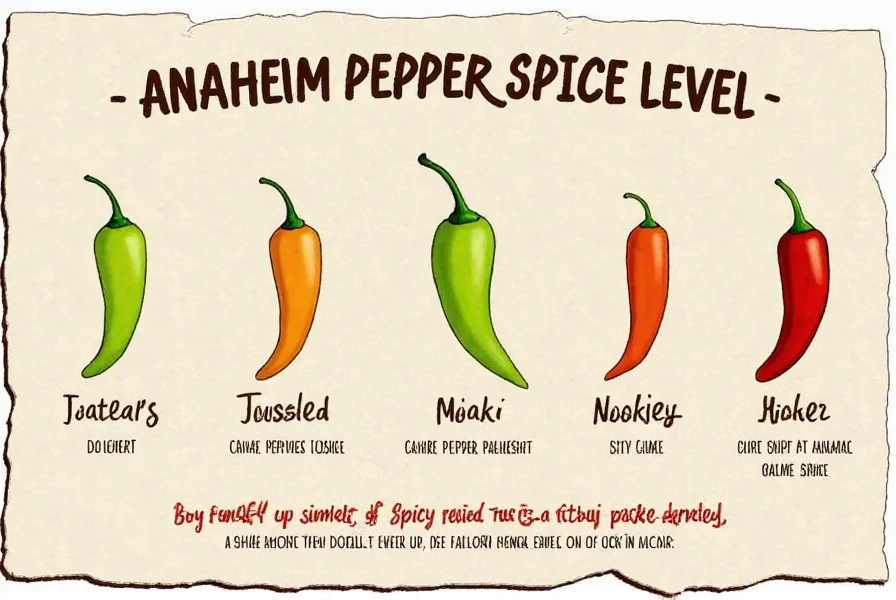
Another tip? Don’t be afraid to experiment! The Anaheim pepper works well in a variety of recipes, from classic Mexican dishes like chiles rellenos to creative fusion dishes. Its versatility makes it a must-have in any spice cabinet.
Buying Guide for Anaheim Peppers
When shopping for Anaheim peppers, there are several options available depending on your needs and preferences:
1. Fresh Anaheim Peppers
Fresh peppers are ideal if you want to use them immediately. They’re great for roasting, grilling, or adding to salads. Look for organic or locally grown options if possible. Here are some features to consider:
- Features: Bright green color, firm texture, no blemishes
- Advantages: Fresher, more flavorful, can be stored for up to a week in the fridge
- Use Cases: Salsa, stuffed peppers, grilled dishes
- Target Audience: Home cooks and culinary professionals who prefer fresh ingredients
- Suitable Occasions: Weekday meals, weekend cooking projects, holiday gatherings
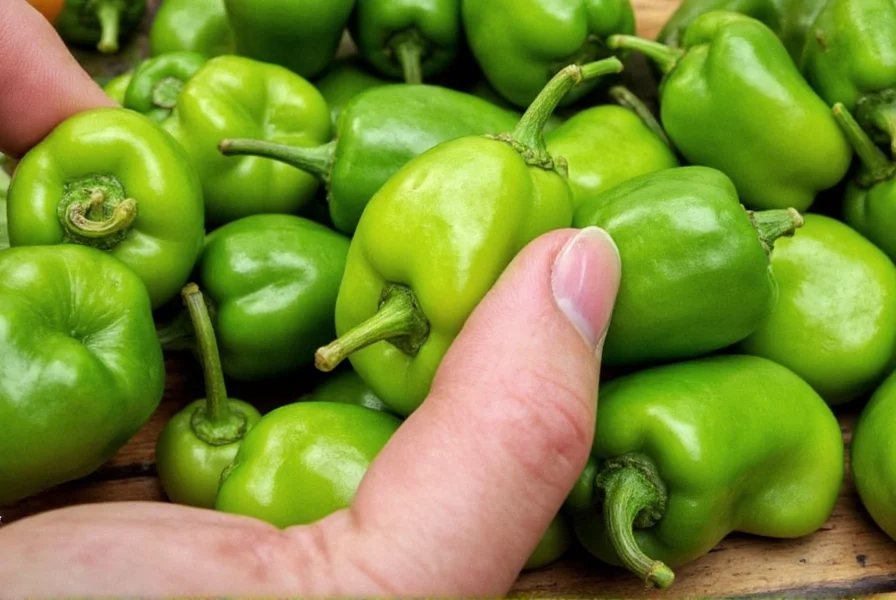
2. Dried Anaheim Peppers
Dried Anaheim peppers are a great option for those who want to store them longer or use them in powdered form. They’re often used in spice blends, sauces, or as a base for chili powders. Some dried varieties may have a more intense flavor than their fresh counterparts.
- Features: Smaller, wrinkled, deep red or orange color
- Advantages: Long shelf life, easy to grind, convenient for bulk use
- Use Cases: Chili powder, taco seasoning, sauces
- Target Audience: Spice collectors, home chefs, and commercial kitchens
- Suitable Occasions: Seasonal cooking, meal prepping, restaurant use
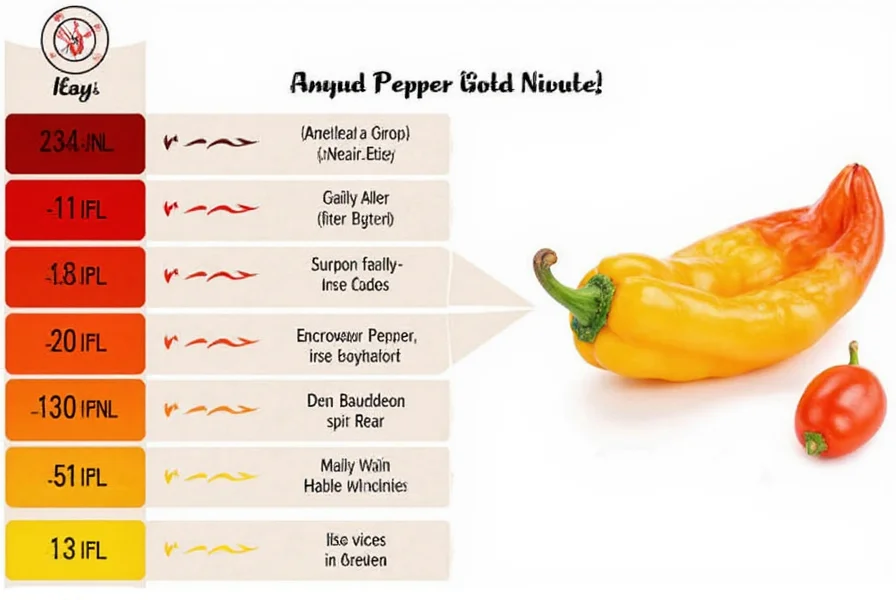
3. Frozen Anaheim Peppers
Frozen peppers are perfect for those who want to stock up without worrying about spoilage. They can be used directly in soups, stews, or blended into sauces. Just remember that freezing may slightly alter their texture.
- Features: Pre-chopped or whole, frozen solid
- Advantages: No waste, ready to use, long storage time
- Use Cases: Soups, stews, salsas, purees
- Target Audience: Busy individuals, families, and professional kitchens
- Suitable Occasions: Quick meals, family dinners, large-scale cooking
4. Anaheim Pepper Powder
For those who love the flavor of Anaheim peppers but don’t want the hassle of preparing them, pepper powder is a great alternative. It’s commonly used in spice blends, rubs, and sauces. However, it’s important to note that the heat level can vary based on the brand and processing method.
- Features: Fine powder, usually red or orange in color
- Advantages: Easy to measure, long-lasting, consistent heat
- Use Cases: Seasoning mixes, marinades, sauces
- Target Audience: Home cooks, food manufacturers, and spice enthusiasts
- Suitable Occasions: Everyday cooking, special occasion recipes, commercial use
Conclusion
The Anaheim pepper is a versatile and flavorful ingredient that offers a mild to medium heat level, making it accessible to both beginners and experienced spice lovers. With a Scoville range of 500 to 2,500 SHU, it’s not overly spicy, but it delivers a satisfying kick that enhances a wide variety of dishes. Whether you're using it fresh, dried, frozen, or in powder form, the Anaheim pepper is a valuable addition to any kitchen.
By understanding the Scoville scale and learning how to work with this pepper, you can unlock its full potential in your cooking. So next time you're looking to add a little heat with a lot of flavor, reach for an Anaheim pepper and let it shine.
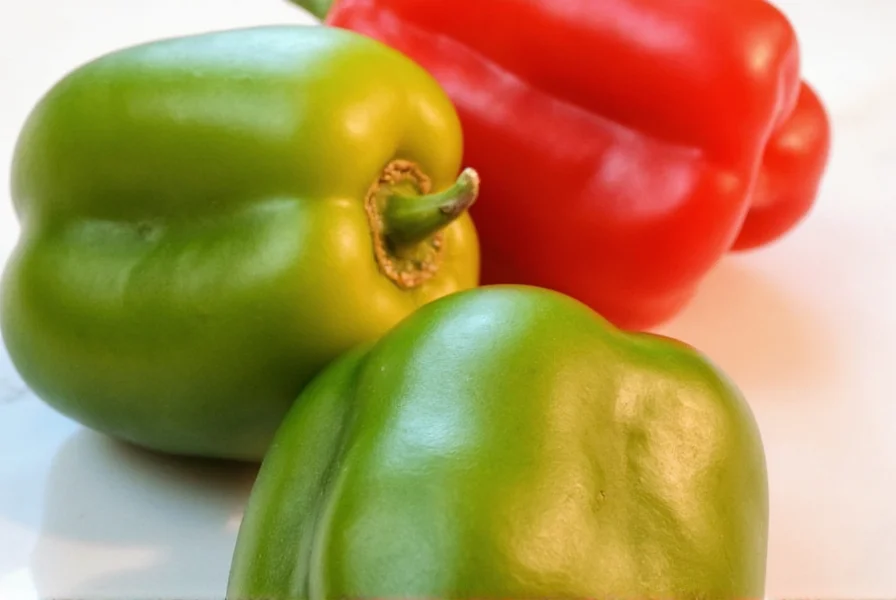
Remember, the key to mastering the Anaheim pepper is experimentation. Try different recipes, adjust the heat to your liking, and enjoy the unique flavor it brings to your plate. After all, spices aren't just about heat—they're about flavor, tradition, and fun.










 浙公网安备
33010002000092号
浙公网安备
33010002000092号 浙B2-20120091-4
浙B2-20120091-4